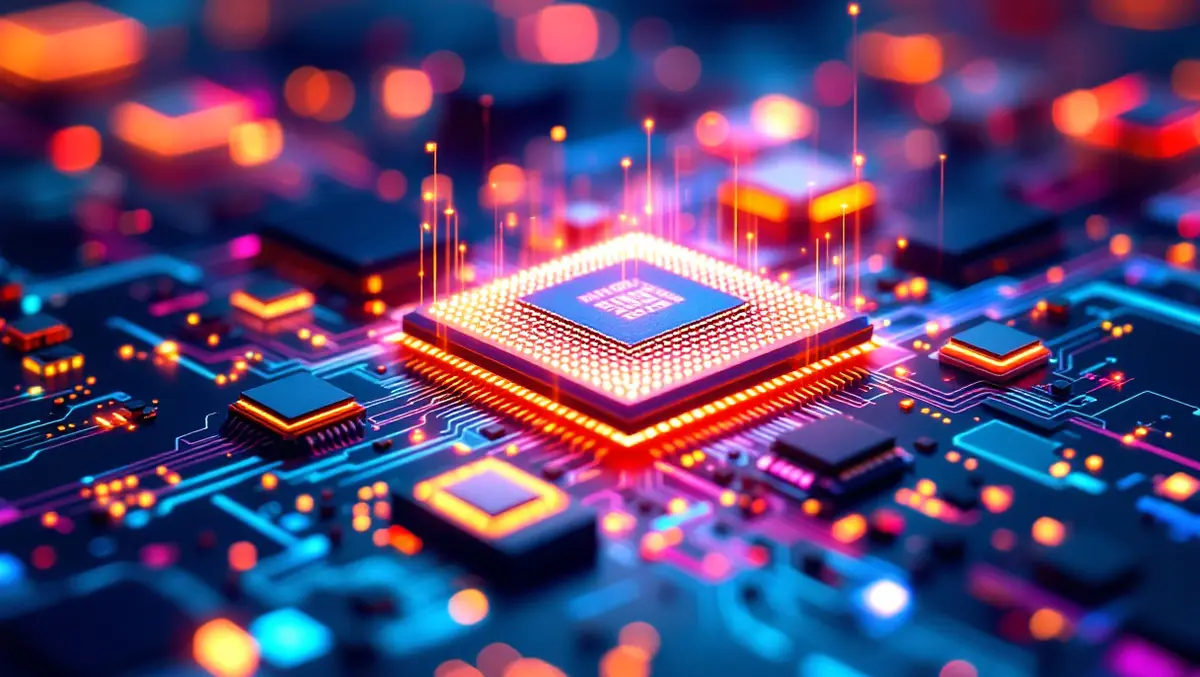
Hot chips, cool solutions: powering the AI revolution
Strap yourselves in, fellow travellers, for today we are talking data centre infrastructure. Over at Computex in Taipei, Schneider Electric which makes the physical stuff where AI lives (power, cabinets, UPS, cooling systems) delivered the lowdown on the role and challenges facing what is probably the most fundamental component of the revolution sweeping through, well, everything today. Those challenges largely revolve around increasing compute density and the necessity for appropriate cooling and housing. And in turn, that means out with the bulky finned heatsinks consuming excessive rackspace, and in with liquid cooling.
Now, it is hard to get very excited about data centre infrastructure in much the same way as being enthralled with the foundations of Taipei 101 is an unlikely prospect. But that doesn't make those foundations any less crucial, for without them the tower wouldn't stand.
At a swanky press conference, Schnieder Electric secure power VP Pankaj Sharma contextualised the challenge by noting the astonishingly rapid adoption of AI: 100 million lemmings consigned free thought to be past in just two months, according to his figures. In what may be a case of a false analogy, Sharma noted this sort of adoption took seven years for that other transformative technology we like to call 'the internet' (those of a certain age will remember being puzzled about the utility of email and downloading fuzzy images over the course of half-hours, right up until we tried it).
Since forever, compute has generated heat, and generating heat eats electricity. Sharma noted that demand for AI (and the other now-boring stuff data centres do, like storage or application hosting) has spiked electricity demand, straining power grids and challenging net zero goals.
It is, of course, only going to get worse as that demand keeps ramping up. In much the same way that one's spouse insists that more shopping for stuff on sale delivers greater savings, Sharma said AI itself will cleverly help ameliorate demand. NVIDIA, with which Schneider Electric has forged a partnership, fielded head of data centre product marketing at NVIDIA conceded that this is some potentially Inception-level circular logic, so it really sort of boils down to 'trust me bro'.
Pankaj's colleague and Schneider Electric international secure power VP Nirupa Chander emphasised the unique needs of AI data centres, noting ultra-high power densities and the necessity of future-proof designs. She explained Schneider Electric's collaboration with NVIDIA aims to streamline power integration from grids to data centres, addressing challenges like unstable power supply and high energy costs. There was some insider banter too: from chip to chiller, and if you haven't already, then you heard it here first.
Harris riffed on NVIDIA supremo Jenson Huang's celebrated keynote and noted AI's growth driven by diverse models and use cases, transforming data centres into AI factories capable, one imagines, of Incepting us all. And then, in a highlight of the afternoon, Trent McCarley from Schieder Electric's recently acquired cooling pioneer Motivair went into some detail on the emergence of liquid as a crucial component in creating the infrastructure capable of handling AI-driven heat loads.
For those who are into motorcycles, an easy analogy emerged. Back in the day, most engines were air cooled, with effective 'heat sinks' on the engine evidenced by fins. As compression ratios increased in the search for more power, the heat dissipation of those fins proved inadequate, and so radiators, water pumps, ethylene gycol, and a bit of plumbing became part and parcel of the package. Not that dissimilar from the trajectory on which AI data centres find themselves, but of course, at considerably expanded scale.
Donovan Jackson is attending Computex as the guest of Schneider Electric. AI must live somewhere, and among other things, Schneider Electric makes data centre infrastructure.

